What is Boiling Liquid Expanding Vapour Explosion (BLEVE) on Gas Carrier Ships?
Just like Air Locks on Gas Carrier, a safety protection system between the deck (the hazardous zone) and the cargo compressor motor (gas free zone), the cargo tanks of gas carriers are also provided with various safety measures to prevent contact of cargo with the atmosphere and also to avoid cargo tanks from getting over pressurised.
Gas carrier’s cargo tanks are specially made of high strength and low thermal coefficient materials with insulation and safety systems. One of the essential safety measures in such cargo tanks is the pressure relief valve, which helps in avoiding over pressurisation of tanks and preventing rupture and damage of the same.
In gas ships, it is not the liquid which generally catches fire but it’s the vapour of the liquid which is more dangerous when evaporates at very low temperature. This results in Boiling Liquid Expanding Vapour Explosion (BLEVE).
Related Read: Understanding The Design of Liquefied Gas Carriers
What is Boiling Liquid Expanding Vapour Explosion (BLEVE)?
BLEVE is a vapour explosion which may result from a catastrophic failure of a tank structure, which was containing cargo liquid above the boiling point at nominal atmospheric pressure.
The cargo in the tanks of gas carrier is partially liquid and partially vapour in normal condition. However, when the tank structure collapses, the vapour tries to escape or leak through the opening, resulting in a decrease in the pressure inside the tank. These drastic lowering of pressure inside the cargo tank results in rapid boiling of liquid and increase in vapour formation.
The pressure of the escaping vapour becomes very high and leads to a shock wave or explosion in the presence of a fire source, completely destroying the tanks structure and surrounding areas.
The area that a BLEV explosion will cover entirely depends on the size, volume and weight of the container or hold in which the cargo is loaded. The quantity of liquid cargo that remains inside the tank at the instance of the BLEVE will also contribute to the magnitude of the explosion.
Do note that the BLEVE can occur even without a flammable substance. For e.g. liquid cargo stored in extreme colds such as liquid helium or other refrigerants or cryogens can also undergo similar conditions occurs under BLEVE; however, they are not usually considered a type of chemical explosion. If the material or cargo involved in BLEVE is toxic, a large area will be contaminated due to that.
Only if the substance involved is flammable, it is likely to form a cloud of fireball during BLEVE similar to a fuel-air explosion, also known as a vapour cloud explosion (VCE).
Related Read: Dangerous Engine Room Accidents On Ships
Prevailing Conditions for BLEVE
BLEVE will not occur in an instant. It will happen when certain conditions are fulfilled, i.e. in other words, warning signs are neglected. Following are the conditions which need to be present for a Boiling Liquid Expanding Vapor Explosion:
- Liquid Cargo: Vapour alone cannot lead to BLEVE. A liquid cargo must be present inside the tank to make it happen. Even water can lead to BLEVE. However, there will be no fire as it is not flammable.
- Pressurized container: The liquid cargo must be inside a tightly closed container or hold. A ventilated container may lead to BLEVE only if the vent mechanism becomes faulty, leading to pressure development inside the tank or hold.
- Above Boiling Temperature: The temperature of the enclosed liquid cargo must be above its boiling point at atmospheric pressure to contribute to Boiling Liquid Expanding Vapor Explosion. When a pressurized cargo hold or tank is heated, the vapour pressure will increases. An elevated boiling point accompanies the increased vapour pressure.
- Structure Failure: The liquid needs a path to escape from the pressurized tank and convert into vapour, which can only happen when there is a structural failure of the tank or hold.
Related Read: What is Rollover Condition in Gas Carrier Ships?
Common Causes of BLEVE
The most common reason which leads to BLEVE is a fire near tanks containing gas cargo such as propane. Because of the high temperature of the surrounding, the tank temperature starts to increase and the inside of the tanks gets over pressurised. The high pressure inside the tank will be generally released by the relief valve.
However, if the pressure builds up rapidly because of high temperature and high rate of heating in the surrounding, the tank will collapse at the weaker point, exposing pressurised and flammable vapour to the naked flame and leading to Boiling Liquid Expanding Vapour Explosion.
Reason for Failure of Tank Structure
- Improper maintenance of tanks
- Corrosion of the tank structure
- The relief valve of the tank is a malfunction or stuck
- Mechanical damage to the tank
- Material failure
- Tank structure severely exposed to flame or fire
Different Phases of BLEVE
As stated earlier, BLEVE will not happen suddenly or if any one of the element explained earlier is missing. Following are the steps which can lead to BLEVE
- Failure of the tank/hold: Tank failure may be due to different reasons which may lead to an increase in the internal pressure and failure of the weakest part of the tank
- Phase transition: As the tank structure fails, a sudden depressurization of the liquified gas will occur. The liquid vapour mixture, which was in a thermodynamic saturated state with a higher temperature than its boiling point, will become superheated as the original tank/hold pressure decreases to atmospheric pressure in few milliseconds.
- Splashing of liquid vapour mixture: As the temperature is above superheated limit temperature (SLT), fast bubble nucleation will initiate inside the tank leading to a violent splashing of liquid/vapour mixture out of the vessel into the atmosphere.
- Explosion: As the depressurization occurs, along with an intense phase transition in the superheated state, the boiling of the liquid followed by bubble nucleation will together lead to an explosion.
BLEVE Warning Signs:
- Ringing sound from the metal shell
- discolouration of the tank structure
- Flaking of small metal pieces
- Bubble or bulge on the tank surface
- A sudden increase in the tank pressure
Precautions to avoid BLEVE
- Maintenance of the cargo tank at regular interval
- Relief valve to be functional at all time
- The size of the relief valve to be fitted should be as per the International Gas code
- Emergency preparedness of all ship staff
- During the gas cargo transfer, avoid general cargo, stores, compressed gas operation within the vicinity of the gas cargo operation
- No oil or fuel bunkering operation should be carried out during or before the cargo operation
- Keep checking the mooring lines to ensure the ship is well fastened to the pier/ dock
- An LP-Gas detector shall be readily available for use at the berth
- any cargo transfer during the night or dark hours should be done in the presence of ample lights, both in port and on the ship
- The Connection area, stop valves etc. should be clearly marked and visible without any hindrance on their way while the cargo transfer is going on
- Fire fighting equipment should always be present and accessible during the operation
- Enough warning signs should be placed to ensure all the personnel (shore and ship staff) know about the cargo transfer operation and precautions to be taken
- Always think of safety first
Watch the Video on BLEVE for better understanding:
Do you have info to share with us ? Suggest a correction
Latest Marine Technology Articles You Would Like:
- 10 Harmful Effects Of Impure Air On Ship’s Machinery
- 10 Important Things to Check While Starting Fuel Oil Purifier on Ships
- 10 Noteworthy LNG-Powered Vessels
- 10 Points for Efficient Turbocharger Operation On Ships
- 10 Practical Tips to Handle Engine Room Pumps
- 10 Precautions to Take Before Operating Controllable Pitch Propeller (CPP) on Ships
Subscribe To Our Newsletters
By subscribing, you agree to our Privacy Policy and may receive occasional deal communications; you can unsubscribe anytime.



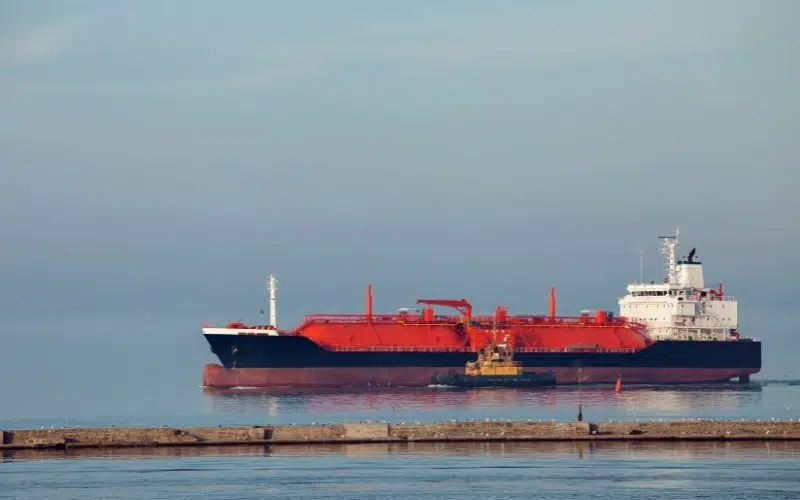
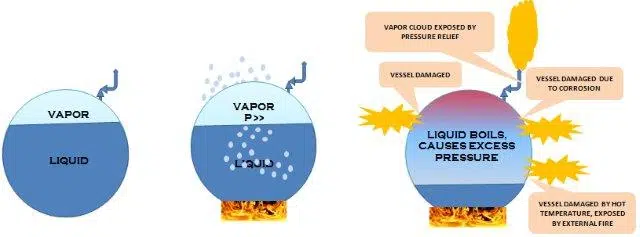
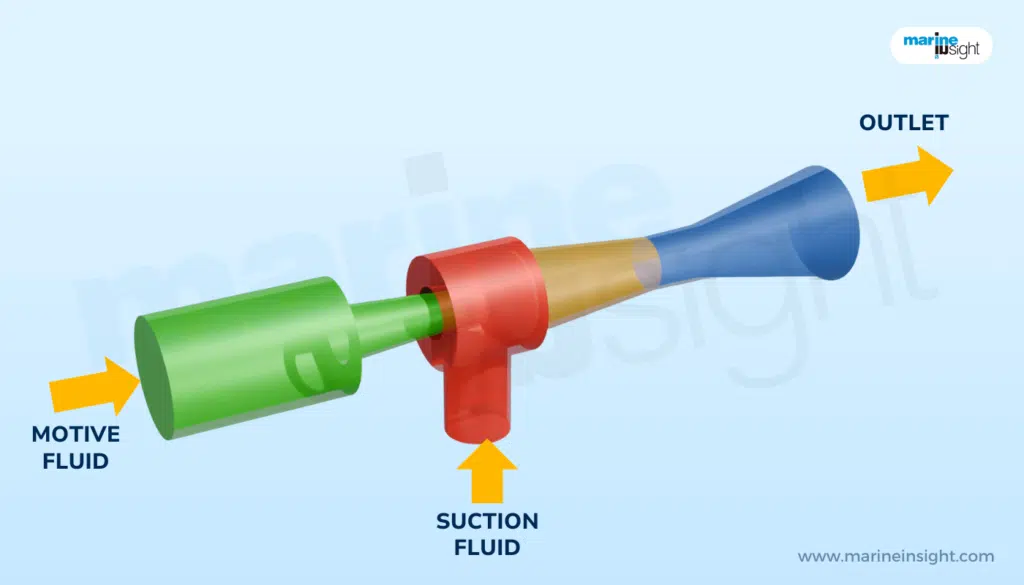
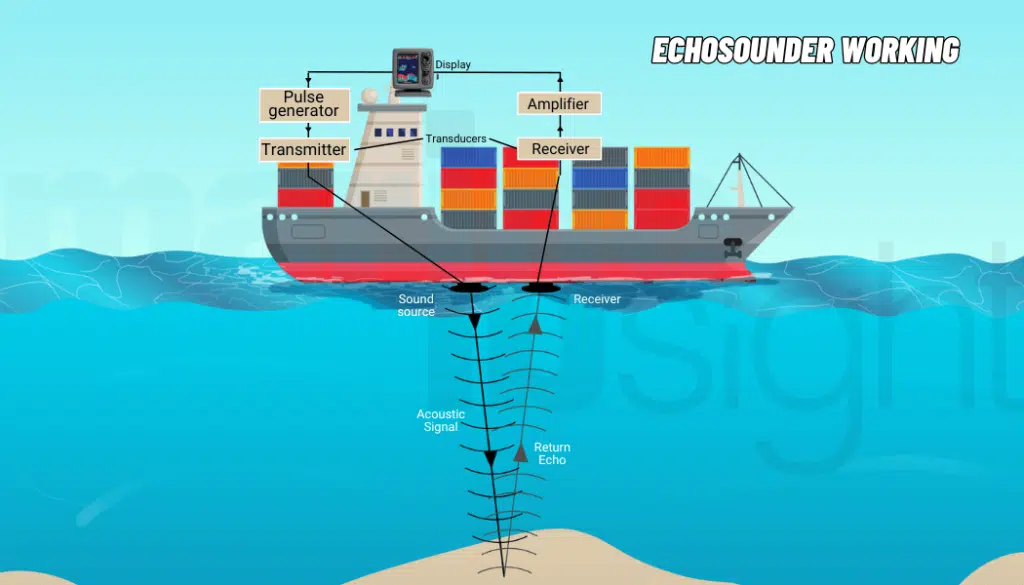

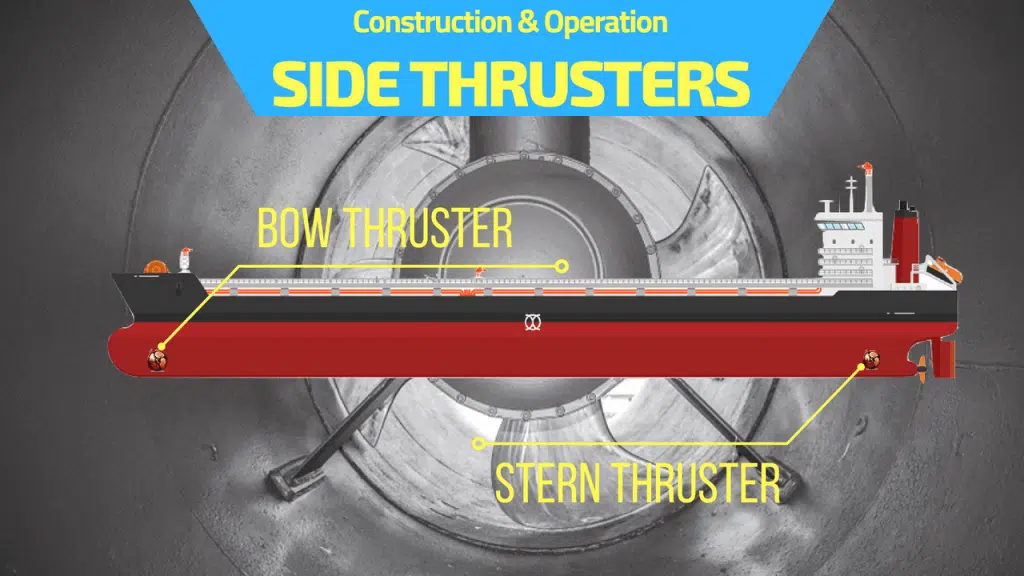
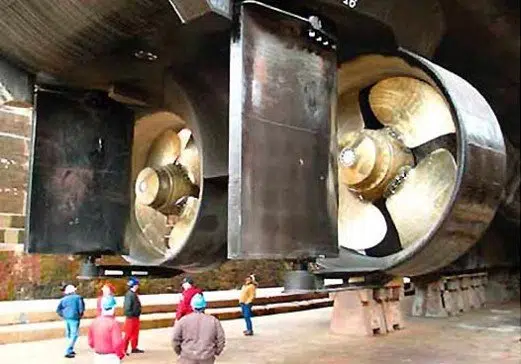
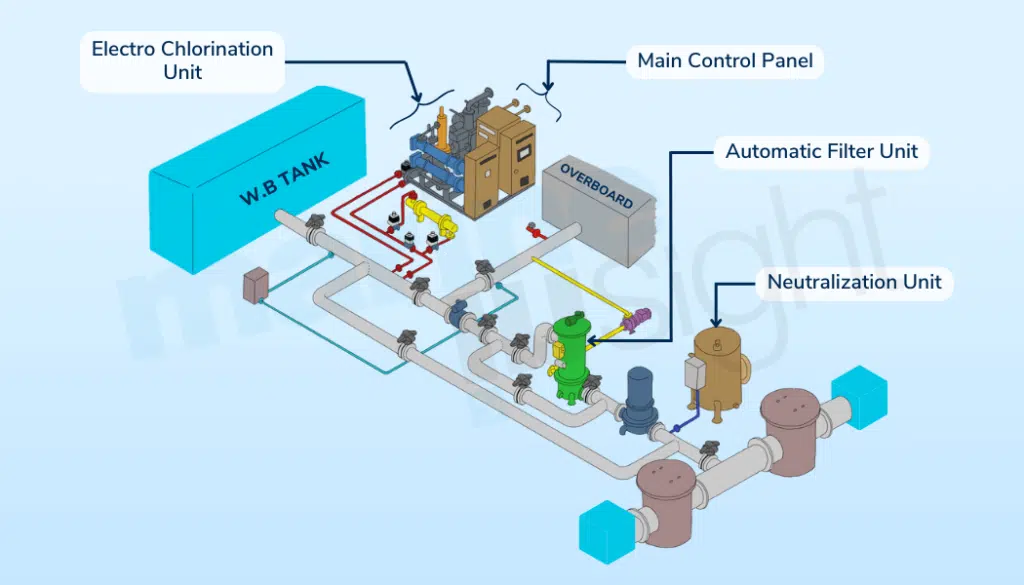
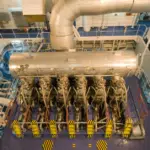
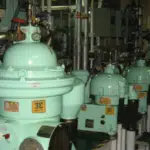
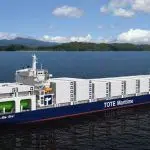

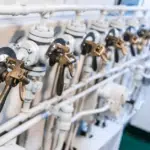


Have there been any known cases of a BLEVE (explosion) on-board an LNG ship? If so what was the ship called?
Hi Callam, No.